15 Clever Devices That Can Instantly Lower Your Power Bill
Cutting back on energy costs doesn’t have to mean cold showers or sitting in the dark. Thanks to some clever devices, it’s possible to keep your home comfortable and your wallet happier without major sacrifices. Here are 15 devices that can help lower your electricity bill:
Energy Monitors
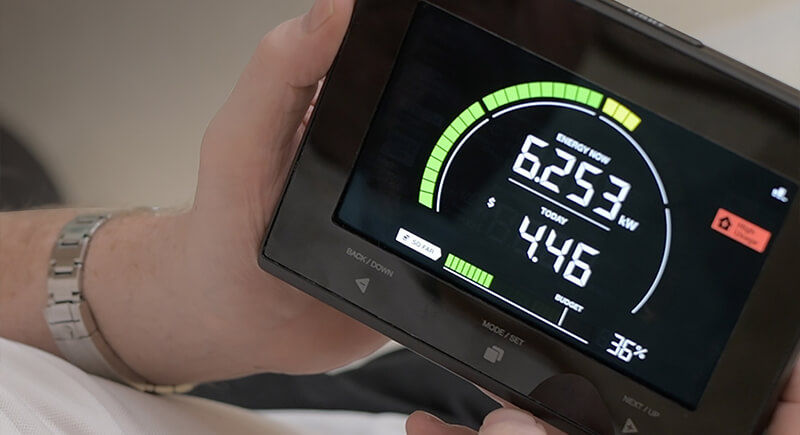
Credit: Amazon
Ever wonder which appliance is using the most electricity? Energy monitors can tell you. These gadgets break down your power usage by device or circuit and offer real-time data you can actually act on. Some sync with apps or smart assistants, so you can easily keep track of your electricity usage.
Smart Plugs
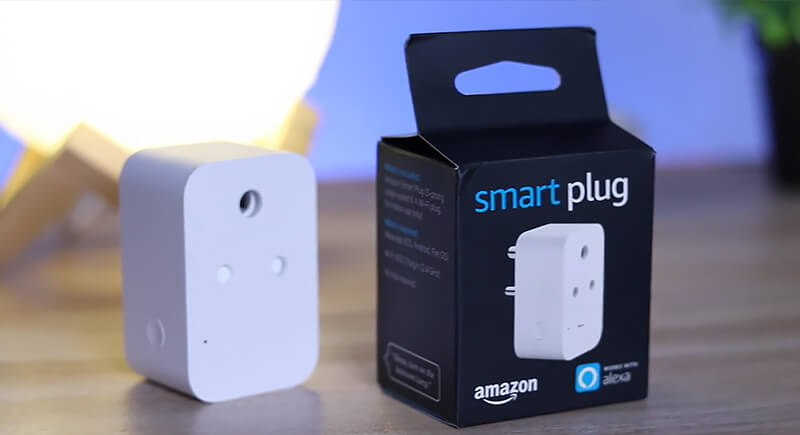
Credit: Youtube
Some electronics keep draining power long after you’ve shut them off. That’s where smart plugs come in. They let you schedule or remotely switch devices on and off, even with voice commands.
Smart Power Strips
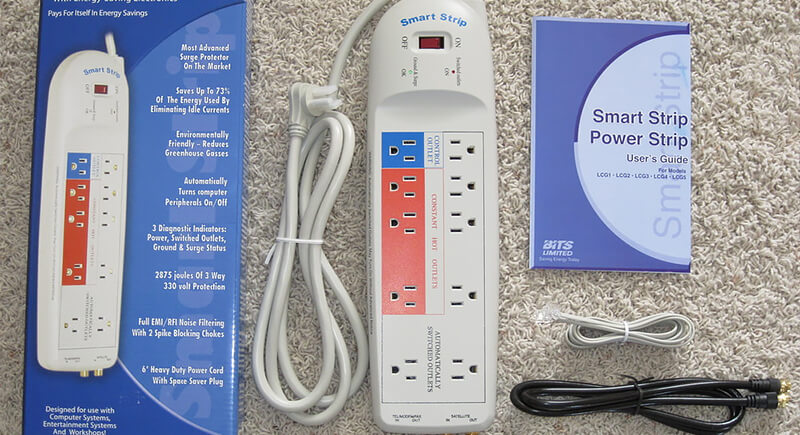
Credit: flickr
These cut electricity to devices that aren’t actively being used, such as printers, speakers, and monitors. Some come with timers or motion sensors, while others respond to your main device shutting down. These devices are one of the easiest ways to stop invisible energy leaks.
Smart Thermostat
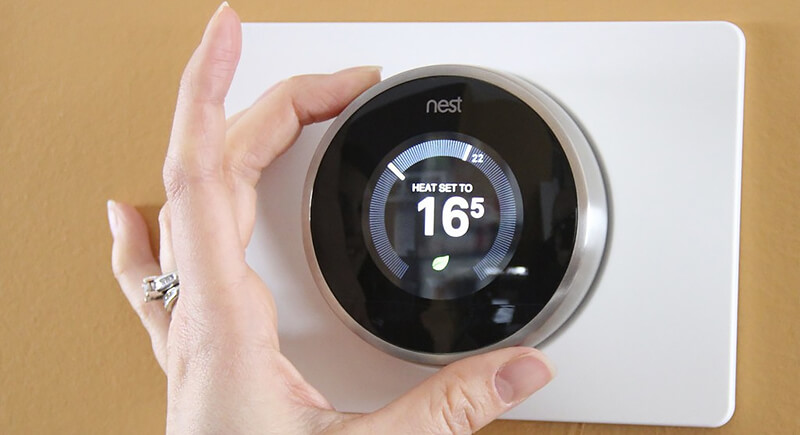
Credit: flickr
You don’t need to leave the heat or AC running longer than necessary. What you need is a smart thermostat. It tracks your habits, scales back when you’re away, and adjusts automatically, often before you even think to. That small shift can trim your heating and cooling costs by 10 to 15 percent over time.
Heat Sensors
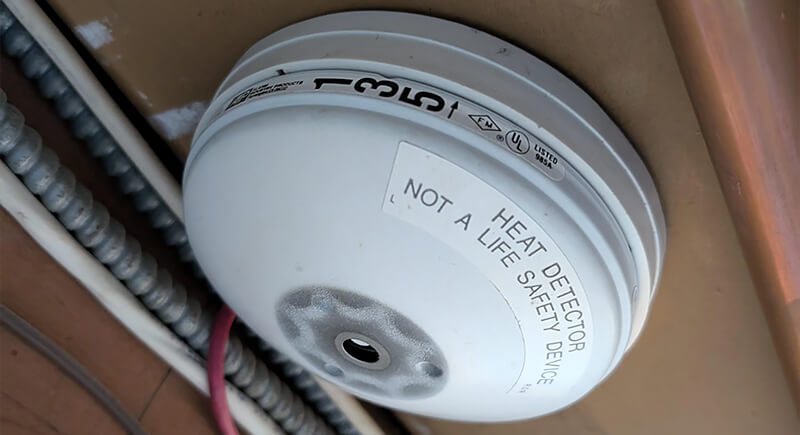
Credit: Reddit
These tools highlight hot and cold spots around windows, doors, and vents. You’ll see exactly where air is sneaking in or out and patch things up before peak heating or cooling seasons. A decent thermal camera might cost $200, but it could stop hundreds from leaking out.
Smart Glass

Credit: priviglaze
Most windows let in too much heat during the day. Smart glass solves that by changing tint based on light levels. In some models, it happens automatically. Others use a remote or follow a timer. It’s not cheap, and not yet standard in most homes, but where it’s used, it helps cut cooling costs and reduces glare without blocking your view.
Energy-Efficient Windows

Credit: iStockphoto
If your windows are older, they might be costing you more than you think. Upgrading to energy-efficient models can cut heat loss in winter and reduce heat gain in summer. Features like double glazing and low-E coatings insulate your space without blocking natural light.
Motion Sensor Switches
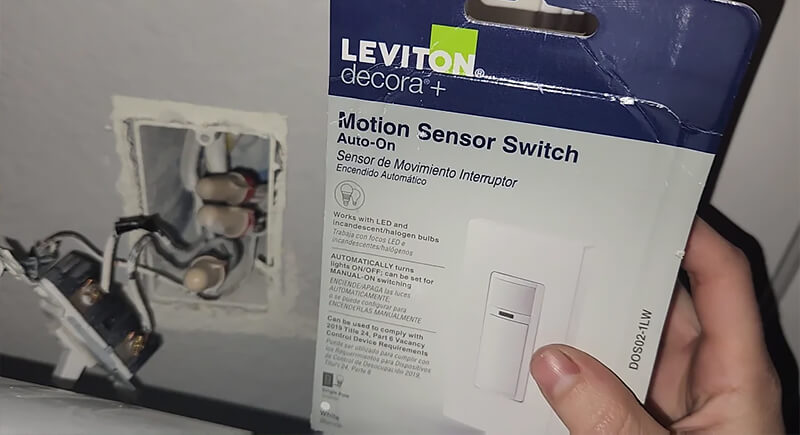
Credit: Reddit
Motion sensor switches don’t want you to remember every time that you have to shut off the light. They take care of it for you: walk in, lights go on; leave, lights shut off. They’re ideal for rooms like laundry areas or hallways, where lights are often left running.
Dimmer Switches
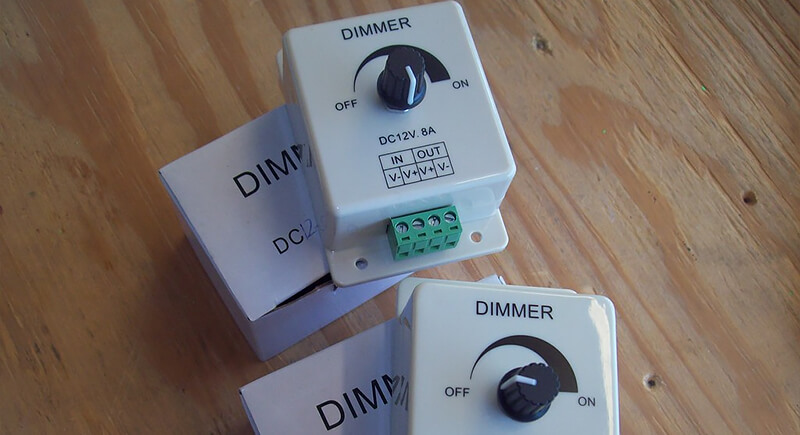
Credit: flickr
Dimmer switches give you control over how much light you’re actually using, and that translates to energy savings. When used with LED bulbs, dimmers can extend bulb life and reduce wattage. Some newer models come with fade-on features, presets, and remote access.
Smart Blinds
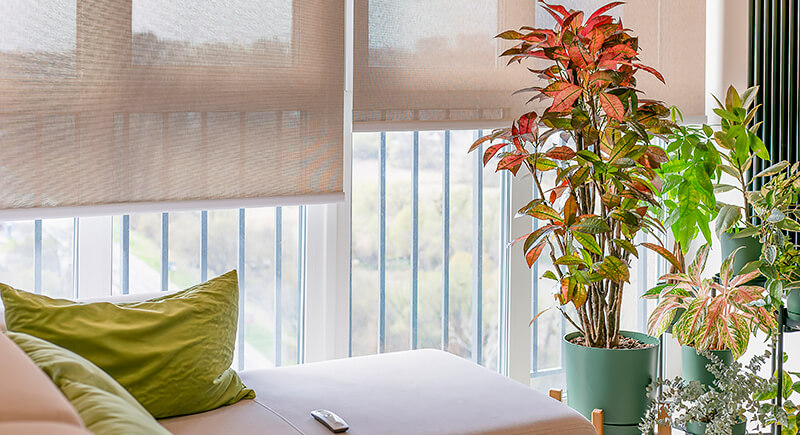
Credit: iStockphoto
Here’s a gadget that pulls double duty: smart blinds block heat during the day and trap warmth at night. They can be set to open or close based on time, light level, or temperature, which reduces the load on your HVAC system.
Solar-Powered Chargers
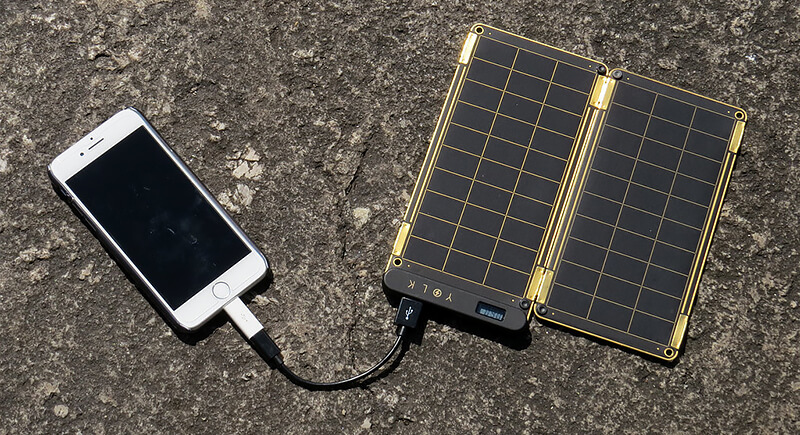
Credit: flickr
While they won’t run your refrigerator, solar chargers can still save you a few bucks by powering phones, tablets, or even laptops. These chargers reduce reliance on wall plugs and are perfect for people who spend time outdoors or work near windows.
LED Light Bulbs
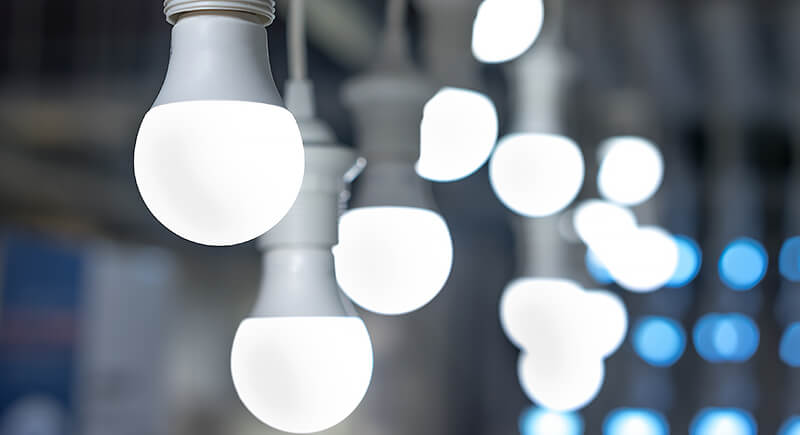
Credit: iStockphoto
LED light bulbs use up to 90% less energy than incandescents and last years longer. The Department of Energy estimates households can save around $225 annually just by switching. They are usually available in every shade and brightness imaginable.
Smart Routers
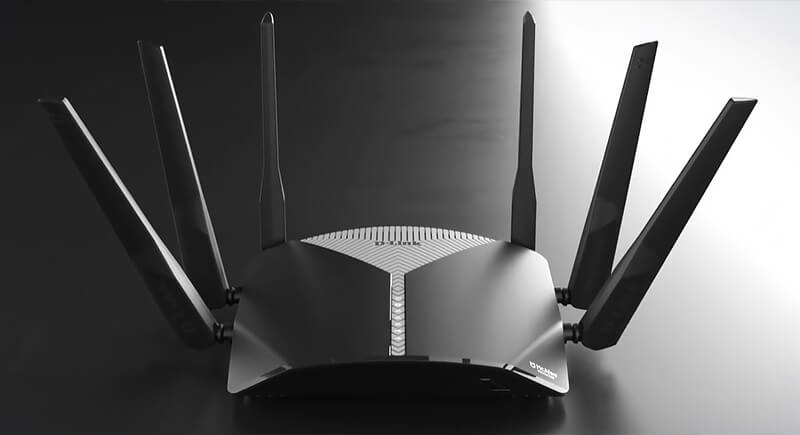
Credit: Youtube
Most routers don’t get much thought, but smart models can prioritize energy efficiency. Some go into low-power mode when devices aren’t connected, while others regulate bandwidth to cut unnecessary strain. While the savings won’t blow your mind, that energy coordination adds up in homes loaded with smart devices.
Tankless Water Heaters
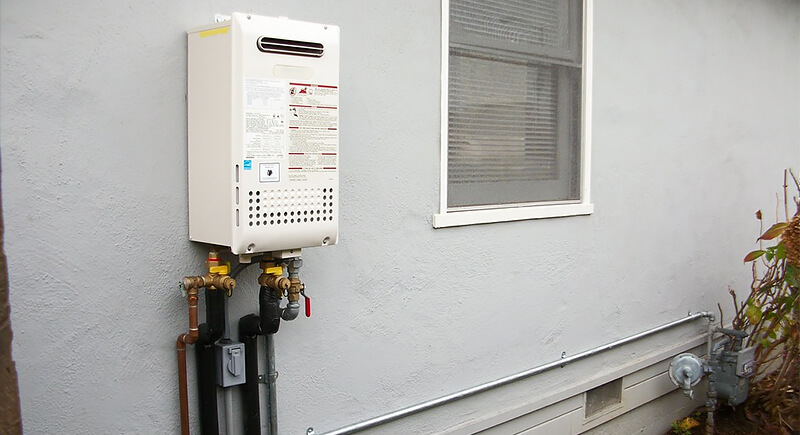
Credit: flickr
Unlike traditional tanks that heat water constantly, tankless heaters only heat water when needed. That means no standby heat loss and less energy overall. The Department of Energy estimates savings of 24–34% for households using under 41 gallons of hot water per day.
Smart Irrigation Systems
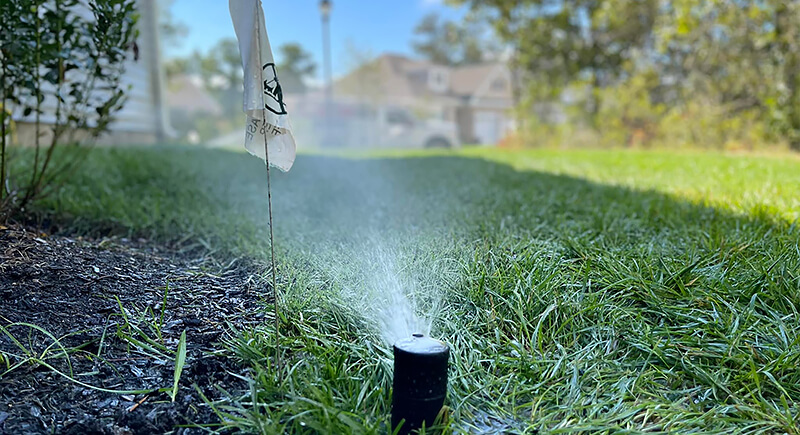
Credit: Facebook
Watering schedules don’t need to be a guess. These systems pull in weather data and soil conditions to decide when to skip a cycle. If it’s already rained, they hold off. The EPA estimates they can save up to 7,600 gallons of water per year. That’s a lower water bill and less waste, without giving up a healthy lawn.